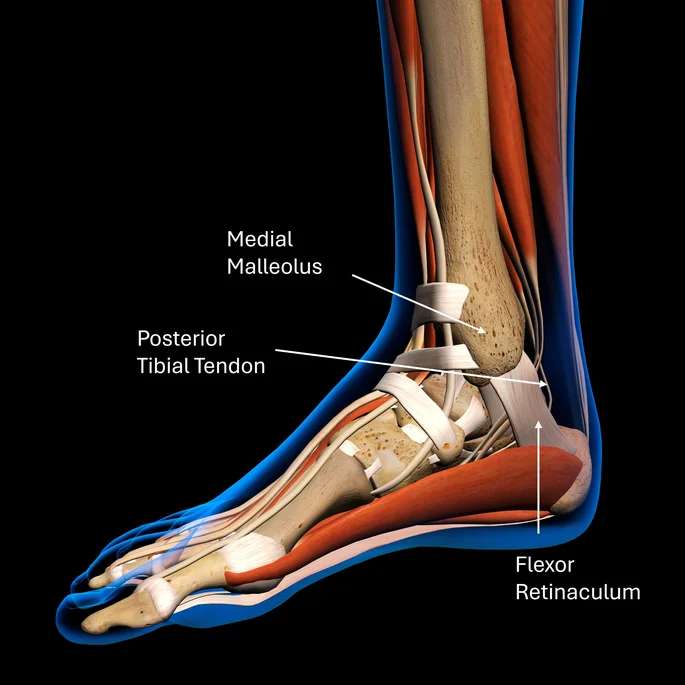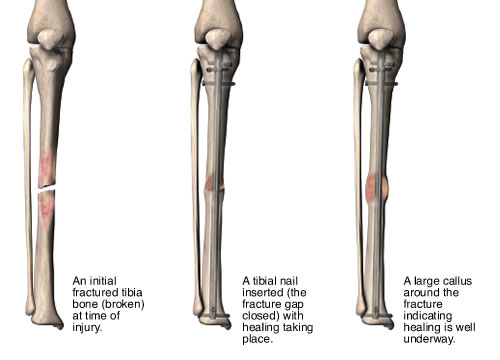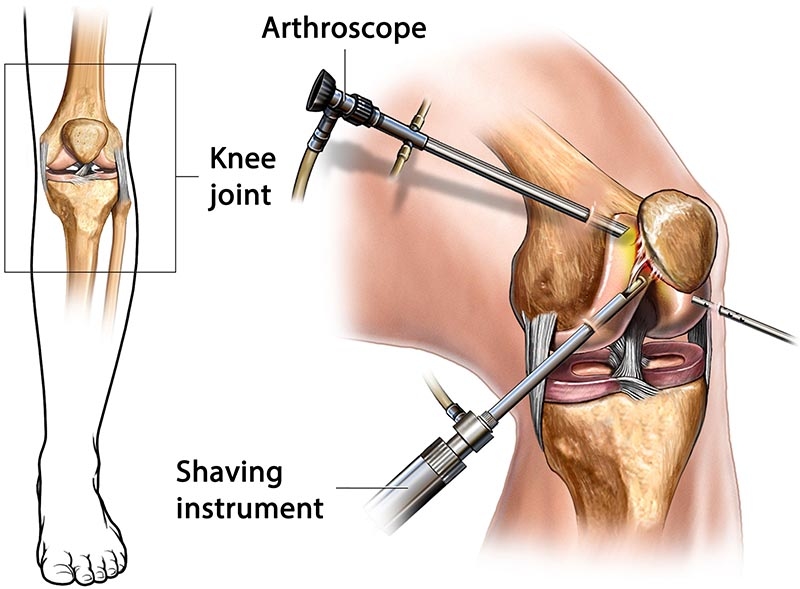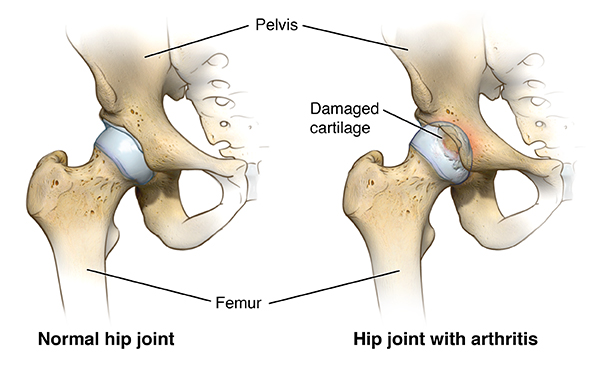Foot and Ankle Injury Treatment
Foot and ankle injuries are common, especially among athletes and individuals who engage in physical activities. These injuries can vary from mild sprains to more severe fractures and can impact an individual’s ability to walk, run, or perform everyday tasks. Proper treatment is essential for recovery and to avoid long-term complications.
Common Foot and Ankle Injuries:
- Sprains and Strains:
- Ankle Sprain: Stretching or tearing of ligaments in the ankle.
- Plantar Fasciitis: Inflammation of the tissue along the bottom of the foot.
- Achilles Tendonitis: Inflammation of the Achilles tendon.
- Fractures:
- Ankle Fracture: A break in one of the bones in the ankle.
- Metatarsal Fracture: A break in the long bones of the foot.
- Toe Fractures: A break in the bones of the toes.
- Dislocations:
- Ankle Dislocation: A condition where the bones in the ankle joint are displaced.
- Tendon Injuries:
- Achilles Tendon Rupture: Complete tear of the Achilles tendon.
- Stress Fractures:
- Small cracks in the bones of the foot, often caused by repetitive stress.
Symptoms of Foot and Ankle Injuries:
- Swelling around the affected area
- Bruising or redness
- Pain during movement or when applying pressure
- Limited range of motion
- Deformities in the joint or bone structure (especially in fractures or dislocations)
- Tenderness or warmth around the injury site
Diagnosis of Foot and Ankle Injuries:
To diagnose foot and ankle injuries, a thorough evaluation is conducted, including:
- Physical Examination: Checking for swelling, bruising, and deformities.
- Imaging Tests:
- X-rays: To detect fractures or dislocations.
- MRI (Magnetic Resonance Imaging): For soft tissue injuries like tendon tears.
- CT scans: In cases of complex fractures or injuries involving multiple bones.
Treatment Options:
- Non-Surgical Treatment:
- Rest: Resting the injured foot and ankle to prevent further damage.
- Ice Therapy: Applying ice to reduce swelling and pain.
- Compression: Wrapping the ankle or foot to reduce swelling.
- Elevation: Keeping the foot elevated to reduce swelling.
- Physical Therapy: Exercises to restore strength and mobility.
- Medications: Pain relievers and anti-inflammatory drugs to reduce pain and swelling.
- Surgical Treatment:
- Fracture Fixation: Involves surgery to align the bones and secure them using plates, screws, or pins.
- Tendon Repair: Surgical intervention to repair torn tendons, such as the Achilles tendon.
- Ankle Fusion: In severe cases, where the ankle joint is damaged beyond repair, fusion of the bones may be necessary to restore stability.
Rehabilitation and Recovery:
Recovery from foot and ankle injuries varies depending on the type and severity of the injury:
- Initial Rest Period: Typically lasts for a few days to a couple of weeks, depending on the injury.
- Physical Therapy: Starts 2–4 weeks after the injury and may continue for several months to restore strength, flexibility, and mobility.
- Recovery Timeline:
- Minor injuries (like sprains or strains): 4–6 weeks
- Fractures or tendon repairs: 8–12 weeks
- Severe injuries (like tendon ruptures or dislocations): Several months
Preventive Measures:
- Proper Footwear: Wearing shoes with proper support.
- Warm-Up and Stretching: Proper warm-up before exercise and stretching to prevent injuries.
- Strengthening Exercises: Strengthening the muscles around the ankle to provide stability.
- Avoid Overexertion: Taking breaks during intense physical activity to avoid fatigue and injury.
Why Choose India for Foot and Ankle Injury Treatment?
India offers advanced medical care and specialized treatments for foot and ankle injuries, making it a preferred destination for international patients. The advantages of choosing India include:
- World-Class Facilities: Equipped with advanced technology and treatment options.
- Experienced Surgeons: Skilled orthopedic surgeons specializing in foot and ankle injuries.
- Affordable Treatment: Medical costs in India are significantly lower compared to Western countries, saving up to 60%.
- Comprehensive Care: From diagnosis to rehabilitation, India provides end-to-end treatment for foot and ankle injuries.
Frequently Asked Questions (FAQs):
- How can I tell if my ankle is sprained or fractured? If there is visible swelling, bruising, and inability to bear weight, you may have a fracture. A sprain typically causes pain, swelling, and tenderness, but you may still be able to move the joint.
- What should I do if I injure my foot or ankle? Follow the R.I.C.E. method (Rest, Ice, Compression, Elevation) to manage initial pain and swelling. Seek medical attention if the pain persists or if you suspect a fracture.
- How long will it take to recover from a foot or ankle injury? Recovery time varies based on the severity of the injury. Minor injuries may heal in a few weeks, while fractures and tendon injuries may take several months.
- Can I continue to exercise if I have a foot or ankle injury? It depends on the injury's severity. For mild injuries, low-impact exercises like swimming or cycling may be possible, but you should avoid high-impact activities until cleared by a doctor.
- Is surgery always required for ankle injuries? Not all ankle injuries require surgery. Many sprains and strains heal with non-surgical treatments like rest, physical therapy, and medications. Surgery is usually reserved for fractures, tendon ruptures, or severe injuries.
- How can I prevent future foot and ankle injuries? Wear supportive footwear, stretch before exercising, strengthen the muscles around the ankle, and avoid overexertion.









 Get an Opinion
Get an Opinion
